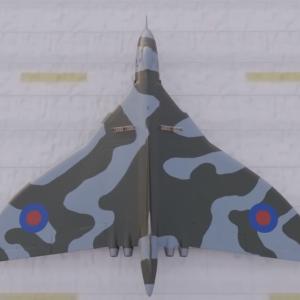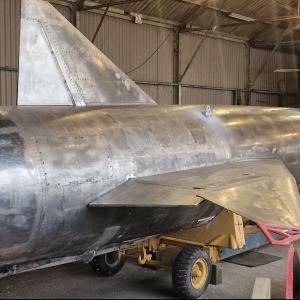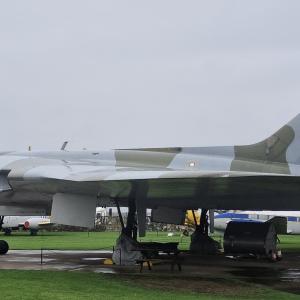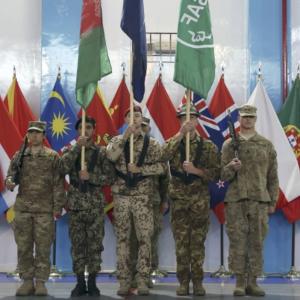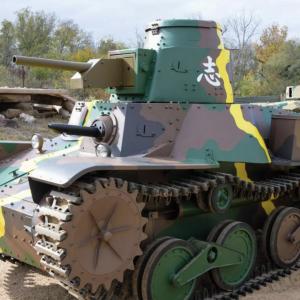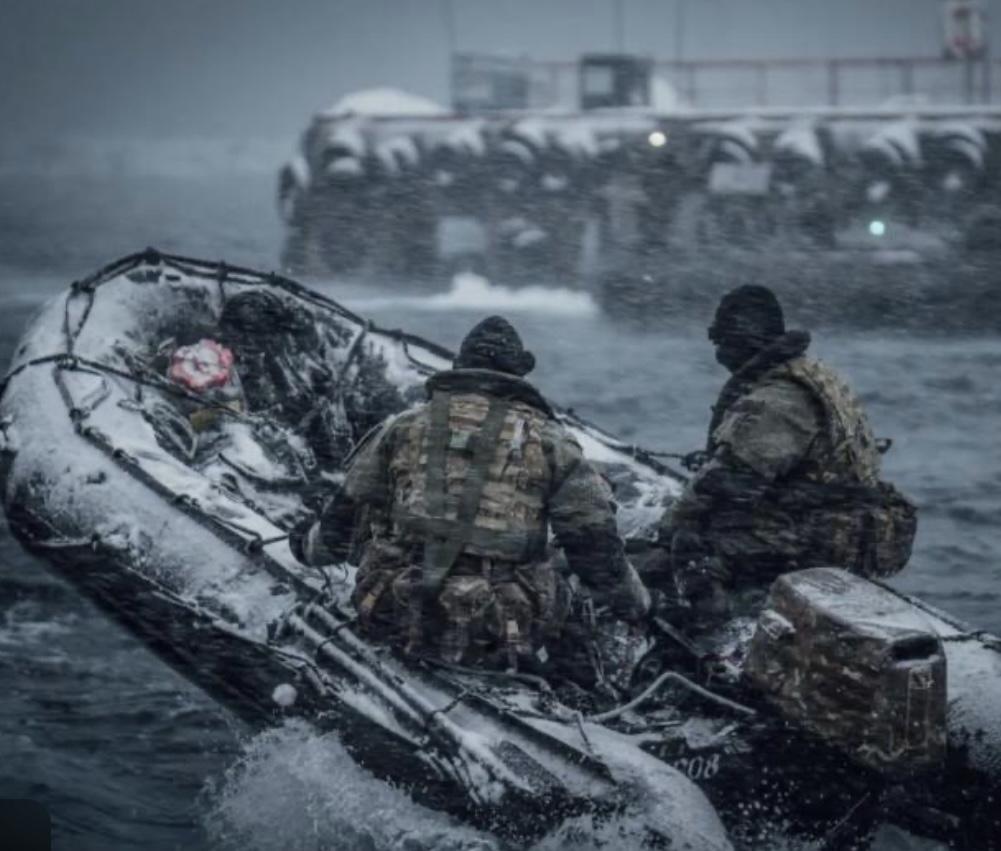
45 commando
45 Commando is a battalion-sized unit of the Royal Marines, a branch of the United Kingdom’s armed forces specializing in rapid deployment, amphibious warfare, and operations in extreme environments. It forms part of 3 Commando Brigade and has built a legacy based on endurance, versatility, and operational effectiveness.
The origins of 45 Commando go back to 1943, during the height of the Second World War. It was first created as Royal Marines 'A' Commando, one of several units developed to carry out specialist raiding missions. These units were designed to operate in small numbers, striking swiftly behind enemy lines and often in difficult terrain. Later that same year, the unit was renamed 45 (Royal Marines) Commando.
During the war, 45 Commando was active in several major theatres, including Italy, Albania, and Yugoslavia. It proved its value in mountainous and coastal operations, often working alongside other Allied forces. These early missions helped to establish the Commando ethos of adaptability, physical endurance, and independent action. After the war ended in 1945, the unit was temporarily disbanded, only to be re-formed in 1947 in response to postwar defense restructuring and Britain’s growing need for mobile, elite forces.
Over the following decades, 45 Commando took part in operations across the globe. It was deployed to Cyprus during the emergency, participated in the Suez Crisis of 1956, and fought in the jungles of Borneo during the Indonesia-Malaysia confrontation in the 1960s. The unit was stationed variously in Malta, Cyprus, and later RM Condor in Arbroath, Scotland, where it is still based today.
The men of 45 Commando are Royal Marines who have passed the Royal Marines Commando Course at the Commando Training Centre Royal Marines in Lympstone, Devon. This course is one of the most demanding in the British military. It includes a range of physical and tactical challenges, such as the Endurance Course, a two-mile obstacle course followed by a four-mile run; the Tarzan Assault Course, which features ropes and high obstacles; and the 30-Mile Yomp across Dartmoor, a forced march in full combat gear to be completed in under eight hours.
Beyond the basic course, marines receive specialist training in cold weather warfare in Norway, jungle training in Brunei or Belize, and urban or desert operations depending on current deployments. Within the unit, marines are assigned to one of several fighting companies, typically designated A, B, and C. A support company provides machine guns, mortars, reconnaissance, anti-tank weapons, and snipers, while logistics and signals troops enable the unit to operate independently over extended periods.
In 1982, 45 Commando was deployed to the South Atlantic during the Falklands War, a conflict between Britain and Argentina over the sovereignty of the Falkland Islands. The unit was part of 3 Commando Brigade, alongside 40 and 42 Commando, and played a crucial role in the British campaign to retake the islands.
On 21 May 1982, 45 Commando landed at San Carlos Water on the western side of East Falkland. This area soon became known as Bomb Alley due to frequent and intense Argentine air attacks on British ships and landing craft. Despite the threat from the air, the landing was successful, and the unit quickly established defensive positions.
Following the landing, 45 Commando began a long, arduous march across East Falkland on foot. This movement became known as the yomp—a Royal Marines term for a long-distance, cross-country march carrying full equipment. The marines carried between 90 and 120 pounds of gear through bogs, hills, and exposed moorland, often in freezing temperatures and wet, windy conditions. With limited vehicle support, the unit had to rely on its own fitness and determination.
The route took them first to Douglas Settlement, where they paused to resupply, and then onward to Teal Inlet. From these positions, the unit helped secure the approach routes to Port Stanley. Their role was to protect the flanks of the advancing British forces, maintain control of key terrain, and prevent any Argentine counterattacks from disrupting the main assault.
Although 45 Commando did not directly assault the most heavily defended Argentine positions such as Mount Tumbledown or Mount Longdon, it played a vital supporting role. The unit conducted reconnaissance patrols, diversionary attacks, and defensive actions that helped shape the battlefield. Their presence near the Two Sisters mountain range drew Argentine attention away from the main British effort and supported the overall success of the campaign.
The final phase of their movement brought them close to Mount Kent, where they worked with British Special Forces to monitor enemy positions and direct artillery fire. When Argentine forces began to withdraw under pressure from simultaneous attacks across multiple fronts, 45 Commando was in position to help secure the area and ensure a smooth advance into Stanley.
Argentina surrendered on 14 June 1982, bringing the conflict to an end. While 45 Commando did not suffer the heaviest casualties of the campaign, its contribution was essential. The yomp across East Falkland, covering over 50 miles of hostile terrain, became one of the defining images of the war. It demonstrated the resilience, physical endurance, and determination that are at the heart of Royal Marines culture.
The experience of the Falklands War reinforced the importance of highly mobile infantry forces trained to operate independently in remote and difficult environments. 45 Commando’s role in the campaign highlighted its value as a light infantry unit capable of both combat and support missions. The unit’s legacy from the Falklands continues to shape its identity and influence its training and operational priorities today.

